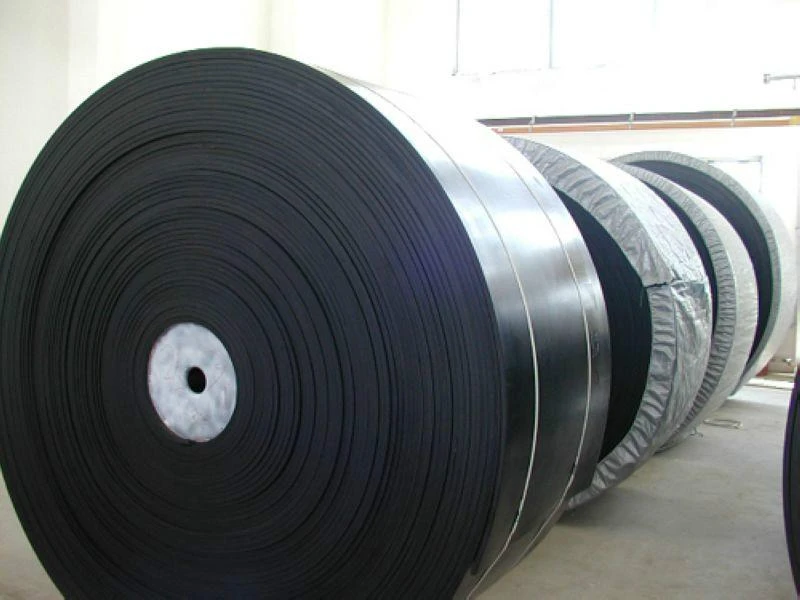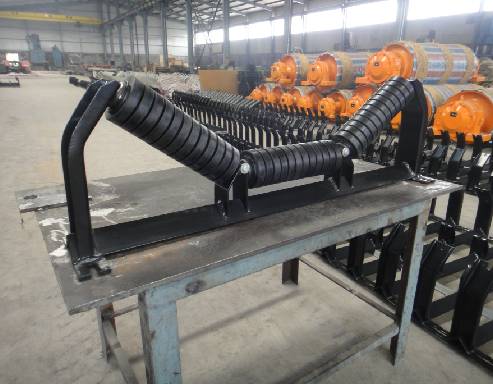 Afrikaans
Afrikaans  Albanian
Albanian  Amharic
Amharic  Arabic
Arabic  Armenian
Armenian  Azerbaijani
Azerbaijani  Basque
Basque  Belarusian
Belarusian  Bengali
Bengali  Bosnian
Bosnian  Bulgarian
Bulgarian  Catalan
Catalan  Cebuano
Cebuano  Corsican
Corsican  Croatian
Croatian  Czech
Czech  Danish
Danish  Dutch
Dutch  English
English  Esperanto
Esperanto  Estonian
Estonian  Finnish
Finnish  French
French  Frisian
Frisian  Galician
Galician  Georgian
Georgian  German
German  Greek
Greek  Gujarati
Gujarati  Haitian Creole
Haitian Creole  hausa
hausa  hawaiian
hawaiian  Hebrew
Hebrew  Hindi
Hindi  Miao
Miao  Hungarian
Hungarian  Icelandic
Icelandic  igbo
igbo  Indonesian
Indonesian  irish
irish  Italian
Italian  Japanese
Japanese  Javanese
Javanese  Kannada
Kannada  kazakh
kazakh  Khmer
Khmer  Rwandese
Rwandese  Korean
Korean  Kurdish
Kurdish  Kyrgyz
Kyrgyz  Lao
Lao  Latin
Latin  Latvian
Latvian  Lithuanian
Lithuanian  Luxembourgish
Luxembourgish  Macedonian
Macedonian  Malgashi
Malgashi  Malay
Malay  Malayalam
Malayalam  Maltese
Maltese  Maori
Maori  Marathi
Marathi  Mongolian
Mongolian  Myanmar
Myanmar  Nepali
Nepali  Norwegian
Norwegian  Norwegian
Norwegian  Occitan
Occitan  Pashto
Pashto  Persian
Persian  Polish
Polish  Portuguese
Portuguese  Punjabi
Punjabi  Romanian
Romanian  Russian
Russian  Samoan
Samoan  Scottish Gaelic
Scottish Gaelic  Serbian
Serbian  Sesotho
Sesotho  Shona
Shona  Sindhi
Sindhi  Sinhala
Sinhala  Slovak
Slovak  Slovenian
Slovenian  Somali
Somali  Spanish
Spanish  Sundanese
Sundanese  Swahili
Swahili  Swedish
Swedish  Tagalog
Tagalog  Tajik
Tajik  Tamil
Tamil  Tatar
Tatar  Telugu
Telugu  Thai
Thai  Turkish
Turkish  Turkmen
Turkmen  Ukrainian
Ukrainian  Urdu
Urdu  Uighur
Uighur  Uzbek
Uzbek  Vietnamese
Vietnamese  Welsh
Welsh  Bantu
Bantu  Yiddish
Yiddish  Yoruba
Yoruba  Zulu
Zulu មករា . 31, 2025 03:32
Back to list
belt conveyor roller types
Conveyor belt scrapers are essential components in maintaining the efficiency and longevity of conveyor belt systems. They play a crucial role in managing material carryback, which, if not properly addressed, can lead to costly maintenance and operational inefficiencies. Understanding the different types of conveyor belt scrapers is key to selecting the right solution for your specific needs, ensuring optimal performance and minimizing downtime.
Choosing the right scraper type involves an understanding of specific conveyor operations and material characteristics. Factors such as belt speed, material abrasiveness, and particle size can influence scraper selection. Engineers and procurement professionals must consider these variables meticulously, leveraging their expertise to make informed decisions. Product research and testing are vital components in the selection process. Consulting with scraper manufacturers and reviewing performance metrics can provide invaluable insights. Demonstrated authoritativeness comes from manufacturers who offer extensive trials and proven installations, offering not just products but reliable solutions that enhance operational sustainability. Trustworthiness in scraper selection is further bolstered by customer testimonials and case studies, which provide real-world validation of scraper performance. Integrating feedback from operators who have observed tangible improvements in conveyor performance strengthens the decision-making process, fostering confidence in the selected product's effectiveness. The incorporation of smart technology into scraper design is an emerging trend that cannot be overlooked. Advanced sensors and monitoring systems now enable real-time scraper performance tracking, alerting operators to potential issues before they escalate. This proactive approach to maintenance exemplifies the intersection of technological innovation and traditional engineering practices, ensuring the seamless operation of conveyor systems. In summary, selecting the right conveyor belt scraper involves an informed understanding of the different types available and their respective applications. The expertise in matching scrapers to specific operational requirements is critical, and it underscores the importance of an authoritative approach to equipment selection. By prioritizing experience, expertise, authoritativeness, and trustworthiness, industries can achieve efficiency, reduce operational costs, and extend conveyor system longevity.


Choosing the right scraper type involves an understanding of specific conveyor operations and material characteristics. Factors such as belt speed, material abrasiveness, and particle size can influence scraper selection. Engineers and procurement professionals must consider these variables meticulously, leveraging their expertise to make informed decisions. Product research and testing are vital components in the selection process. Consulting with scraper manufacturers and reviewing performance metrics can provide invaluable insights. Demonstrated authoritativeness comes from manufacturers who offer extensive trials and proven installations, offering not just products but reliable solutions that enhance operational sustainability. Trustworthiness in scraper selection is further bolstered by customer testimonials and case studies, which provide real-world validation of scraper performance. Integrating feedback from operators who have observed tangible improvements in conveyor performance strengthens the decision-making process, fostering confidence in the selected product's effectiveness. The incorporation of smart technology into scraper design is an emerging trend that cannot be overlooked. Advanced sensors and monitoring systems now enable real-time scraper performance tracking, alerting operators to potential issues before they escalate. This proactive approach to maintenance exemplifies the intersection of technological innovation and traditional engineering practices, ensuring the seamless operation of conveyor systems. In summary, selecting the right conveyor belt scraper involves an informed understanding of the different types available and their respective applications. The expertise in matching scrapers to specific operational requirements is critical, and it underscores the importance of an authoritative approach to equipment selection. By prioritizing experience, expertise, authoritativeness, and trustworthiness, industries can achieve efficiency, reduce operational costs, and extend conveyor system longevity.
Next:
Latest news
-
The Unrivaled Performance of Polyurethane Pulleys in Industrial ApplicationsNewsAug.25,2025
-
The Critical Role of Drum Lagging in Conveyor SystemsNewsAug.25,2025
-
Navigating Industrial Efficiency: The Critical Role of Conveyor PulleysNewsAug.25,2025
-
InIntroduction to Advanced Pulley Lagging SolutionsNewsAug.25,2025
-
Industry Trends in Pulley Lagging TechnologyNewsAug.25,2025
-
Revolutionizing Conveyor Reliability with Advanced Rubber Lagging PulleysNewsJul.22,2025
OUR PRODUCTS





























